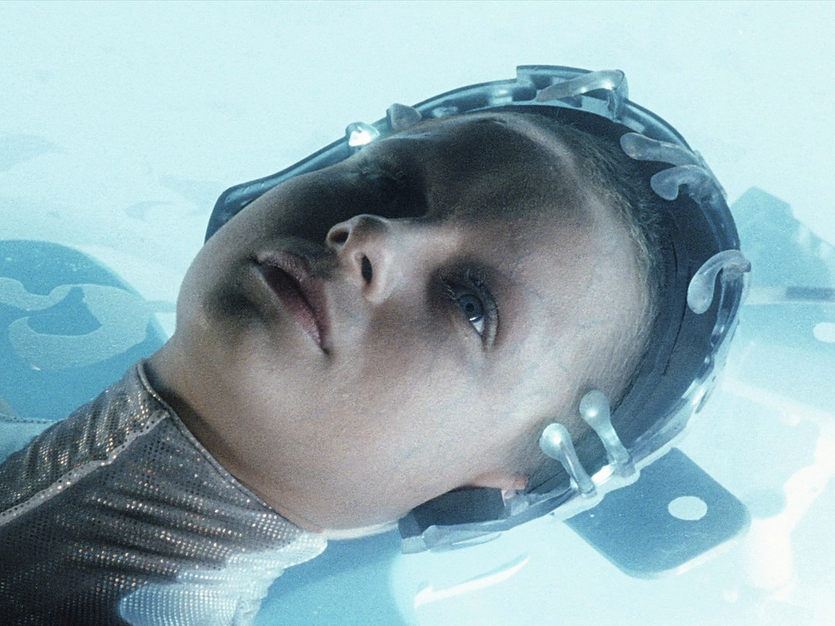The Independent's journalism is supported by our readers. When you purchase through links on our site, we may earn commission.
AI predicts crime a week before it happens – study
‘It will tell you what’s going to happen in future,’ says University of Chicago professor. ‘It’s not magical, there are limitations... but it works really well’

An artificial intelligence algorithm that can predict crimes a week in advance with a 90 per cent accuracy has been demonstrated for the first time.
Researchers at the University of Chicago created the model using historical crime data to predict future events within 1,000-square-foot areas. The technology was demonstrated in eight major US cities, including Chicago, Los Angeles and Philadelphia.
“We created a digital twin of urban environments. If you feed it data from what happened in the past, it will tell you what’s going to happen in future. It’s not magical, there are limitations, but we validated it and it works really well,” said Professor Ishanu Chattopadhyay from the University of Chicago.
The tool is reminiscent of the crime forecasts made in the 2002 science fiction film Minority Report, which itself was based on the 1956 short story of the same same by Philip K. Dick.
Similar AI-based tech is already being used in Japan to inform citizen patrol routes in some municipalities where crimes are statistically more likely to happen in certain areas at particular times.
Different variations of the technology have proved controversial, with a Crime and Victimisation Risk Model implemented by the Chicago Police Department in 2012 found to be flawed due to the use of historically biased data.
These efforts also relied on a seismic approach, whereby crime is depicted as emerging in “hotspots” that spread to surrounding areas. By contrast, the Chicago-based researchers encorporated the complex social environment of cities, as well as the relationship between crime and the effects of police enforcement.
“Spatial models ignore the natural topology of the city,” said Max Palevskym a sociology professor at the University of Chicago who was involved in the research.
“Transportation networks respect streets, walkways, train and bus lines. Communication networks respect areas of similar socio-economic background. Our model enables discovery of these connections.”
A study detailing the latest research, titled ‘Event-level prediction of urban crime reveals a signature of enforcement bias in US cities’, was published in the scientific journal Nature Human Behaviour on Thursday.
Subscribe to Independent Premium to bookmark this article
Want to bookmark your favourite articles and stories to read or reference later? Start your Independent Premium subscription today.

Join our commenting forum
Join thought-provoking conversations, follow other Independent readers and see their replies